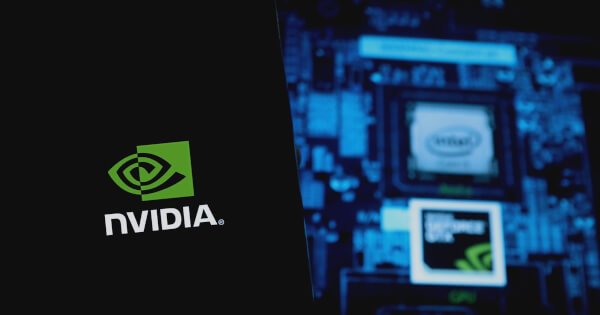
Luisa Crawford
Oct 09, 2025 22:49
Explore how AI-enabled developer tools are creating new security risks. Learn about the potential for exploits and how to mitigate them.
As developers increasingly embrace AI-enabled tools such as Cursor, OpenAI Codex, Claude Code, and GitHub Copilot for coding, these technologies are introducing new security vulnerabilities, according to a recent blog by Becca Lynch on the NVIDIA Developer Blog. These tools, which leverage large language models (LLMs) to automate coding tasks, can inadvertently become vectors for cyberattacks if not properly secured.
Understanding Agentic AI Tools
Agentic AI tools are designed to autonomously execute actions and commands on a developer’s machine, mimicking user inputs such as mouse movements or command executions. While these capabilities enhance development speed and efficiency, they also increase unpredictability and the potential for unauthorized access.
These tools typically operate by parsing user queries and executing corresponding actions until a task is completed. The autonomous nature of these agents, categorized as level 3 in autonomy, poses challenges in predicting and controlling the flow of data and execution paths, which can be exploited by attackers.
Exploiting AI Tools: A Case Study
Security researchers have identified that attackers can exploit AI tools through techniques such as watering hole attacks and indirect prompt injections. By introducing untrusted data into AI workflows, attackers can achieve remote code execution (RCE) on developer machines.
For instance, an attacker could inject malicious commands into a GitHub issue or pull request, which might be automatically executed by an AI tool like Cursor. This could lead to the execution of harmful scripts, such as a reverse shell, granting attackers unauthorized access to a developer’s system.
Mitigating Security Risks
To address these vulnerabilities, experts recommend adopting an “assume prompt injection” mindset when developing and deploying AI tools. This involves anticipating that an attacker could influence LLM outputs and control subsequent actions.
Tools like NVIDIA’s Garak, an LLM vulnerability scanner, can help identify potential prompt injection issues. Additionally, implementing NeMo Guardrails can harden AI systems against such attacks. Limiting the autonomy of AI tools and enforcing human oversight for sensitive commands can further mitigate risks.
For environments where full autonomy is necessary, isolating AI tools from sensitive data and systems, such as through the use of virtual machines or containers, is advised. Enterprises can also leverage controls to restrict the execution of non-whitelisted commands, enhancing security.
As AI continues to transform software development, understanding and mitigating the associated security risks is crucial for leveraging these technologies safely and effectively. For a deeper dive into these security challenges and potential solutions, you can visit the full article on the NVIDIA Developer Blog.
Image source: Shutterstock

